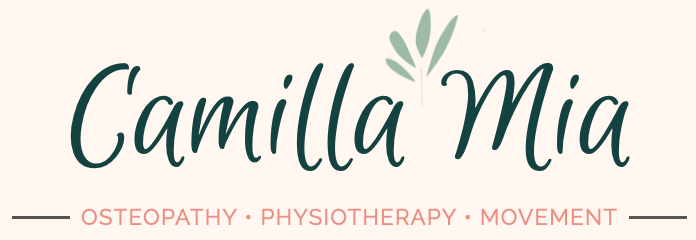If you’ve ever gone to a yoga class before, you’ve probably heard the yoga teacher say things such as:
“Make sure your knee is stacked right over your ankle” (in standing postures with bent knee), “Place your feet hip width distance apart” (mountain pose), “Tilt your pelvis” or “Tuck the tailbone under” (standing postures), “Make sure your elbows are only bent to 90 degrees” (Chaturanga)
and so on…
Many types of yoga in the western world are based on loads of rules about how to perform the postures – the so called alignment of the postures.
But is there even any science and reason behind all those alignment rules we ‘need’ to follow? And does it make sense to have such a big focus on alignment, every time we’re practicing yoga?
In my opinion, the answer to those questions is both yes and no. Or rather: it depends..
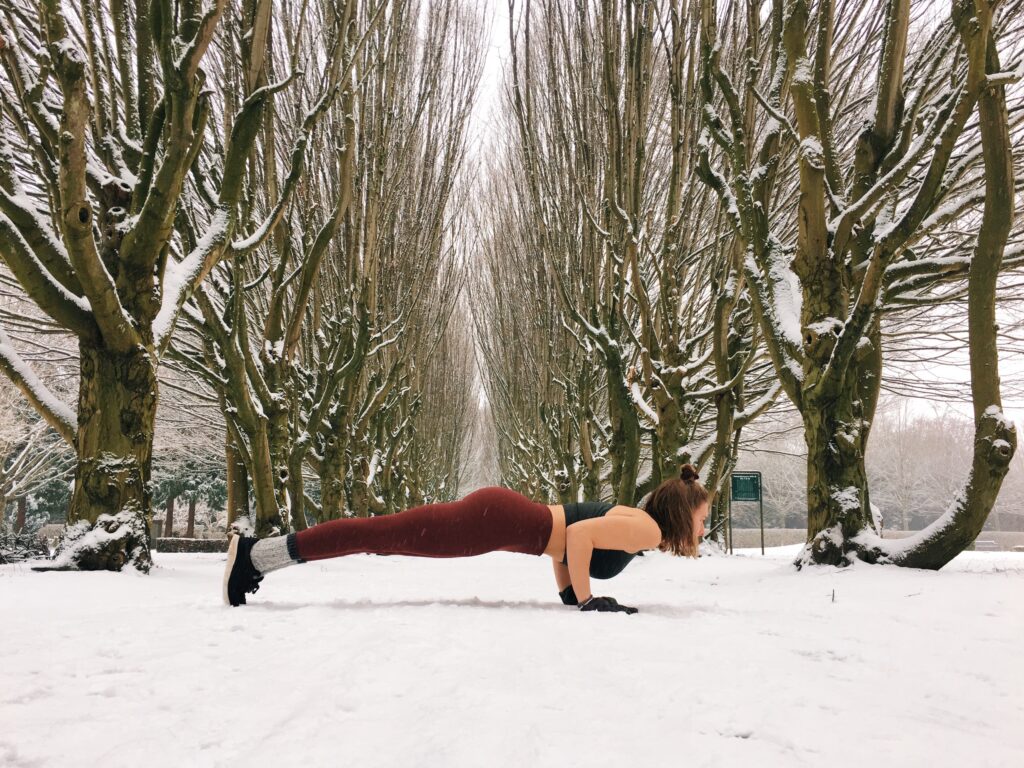
What is alignment?
Alignment can be described as the way in which we position our bodies in the yoga poses to achieve the full effect of the practice.
Can we really learn anything from alignment?
As humans we will naturally move in the way we’re used to because that requires the least amount of effort.
If you’re new to yoga, taking a yoga class can be an intense and exhausting experience. Your body and your mind is working overtime to try and understand the new and unfamiliar movement patterns you are trying to do. And this is the stage of your practice, where it (in my opinion) can actually be super valuable to go to an alignment focused yoga class. Here’s why:
My story
A couple of months in to my yoga practice, I didn’t understand why some teachers were talking about feeling a stretch in the hips when we were doing standing poses such as high lunge, warrior I, and warrior II.
Until one day, when a teacher gave a cue in class, which made all the pieces fall into place for me. She said: “tuck your tailbone under”.
All of a sudden I felt the full effect of a high lunge and let me tell you, it was way more intense than it had been up until then!
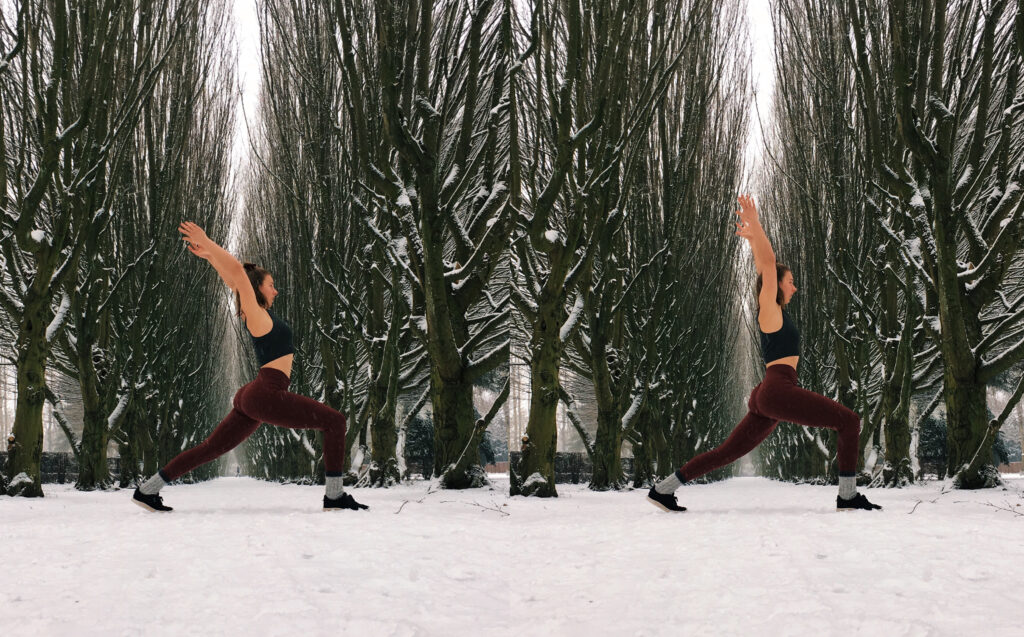
The cue she gave me made me realise that I was subconsciously arching my low back to compensate for the lack of flexibility in my hips. As soon as I became aware of that pattern, I started teaching myself to lean into the stretch rather than subconsciously back out of it by compensating in another area of my body.
The next couple of months after that a lot of things clicked for me. I became aware of similar compensation patterns in other areas of my body. The same compensation patterns, which I often see in my students too.
My students
A typical example of this is in any type of forward fold. A lot of people will round their backs a lot in order to inch their upper body closer to their feet (which can seem unreasonably far away when you’re first getting started with yoga!).
Students are unconsciously compensating for a lack of flexibility in their hamstrings by rounding their backs to fold. But this compensatory pattern actually moves most of the stretch into to their upper backs and effectively prevents them from ever getting a deeper forward fold because they’re not getting in to those hamstrings! A great cue to help people become aware of this compensation pattern would be to tell them to micro bend the knees and keep a straight spine when forward folding.
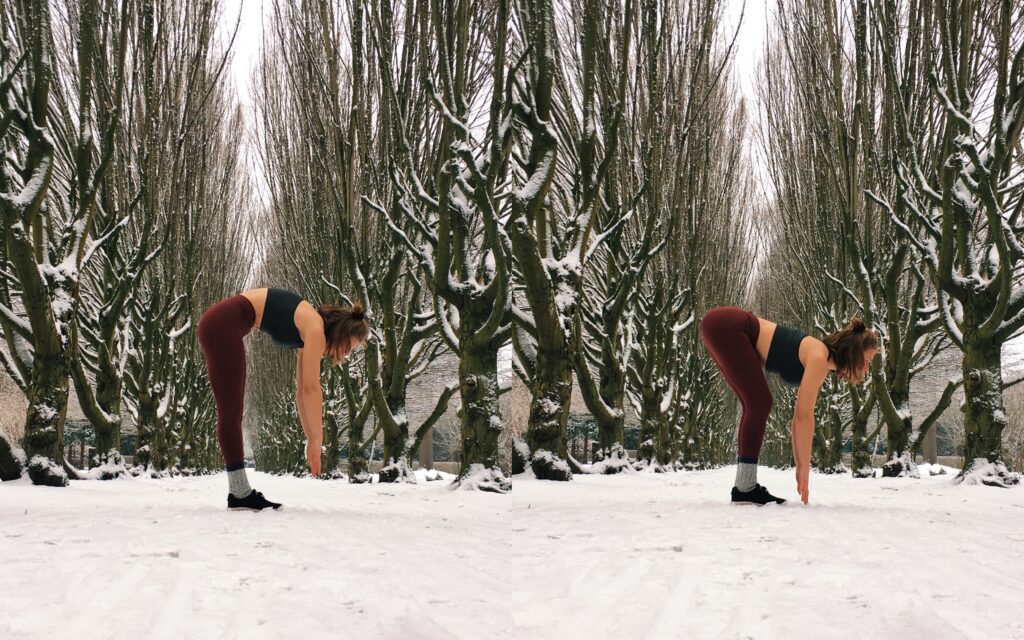
It is such a natural thing that we completely subconsciously follow the movement patterns we’ve learned earlier on (in childhood or previous physical activities). Alignment forces us to become aware of where we compensate og teaches us to use our bodies in a new way, which is why it really is brilliant when we’re first starting out doing yoga.
So much body awareness comes from discovering which areas of your body you are compensating with. It gives you the opportunity to work on strengthening and opening up other areas of your body so that compensation will no longer be necessary.
At this level alignment based yoga is great because it is helping prevent injury because you avoid overusing and overloading a specific area by becoming aware of the areas you are always compensating with.
When alignment no longer serves us
At some point or another longer down the line of our yoga journey, perhaps a couple of months (or years) in, alignment starts to feel natural. You’re used to always stacking your knee over your ankle, having the feet hip width apart, tucking your tailbone.
Everything is great.
Or is it?
How we can make our yoga practice more sustainable in the long run
It is at this stage of your yoga practice, that alignment starts to become a shackle. Because is it really sustainable to teach yourself that your knee should never be bent more than 90 degrees? Is it healthy to practice in a way where you avoid ever having your knee past 90 degrees?
Perhaps not. It depends which benefits you want from your yoga practice.
It’s probably obvious, but I’ll say it anyway: the things we do, we become good at, and the things we don’t do, we don’t become good at. This also applies to yoga and movement in general. In spite of yoga being a relatively well rounded practice, some aspects of movement are forgotten in a classical yoga practice.
We rarely use our knee in a completely bent position for example. Therefore we do not build strength in the knee in a completely bent position. Perhaps our knee is super strong and stable when it’s bent to 90 degrees and stacked right on top of our ankle. But what happens in real life, if we’re ever in a situation where we will have to bend our knees completely? The risk of injury will be higher, the less strength and stability you have in the movements you do.
I’m not at all saying that alignment or yoga in general is bad for you by any means. I simply believe that it is super valuable to become aware of what you’re getting out of your yoga practice and what you aren’t. And that if you want a more well rounded yoga practice, then make sure to deepen your practice by incorporating more of the elements of the practice that you’re missing.
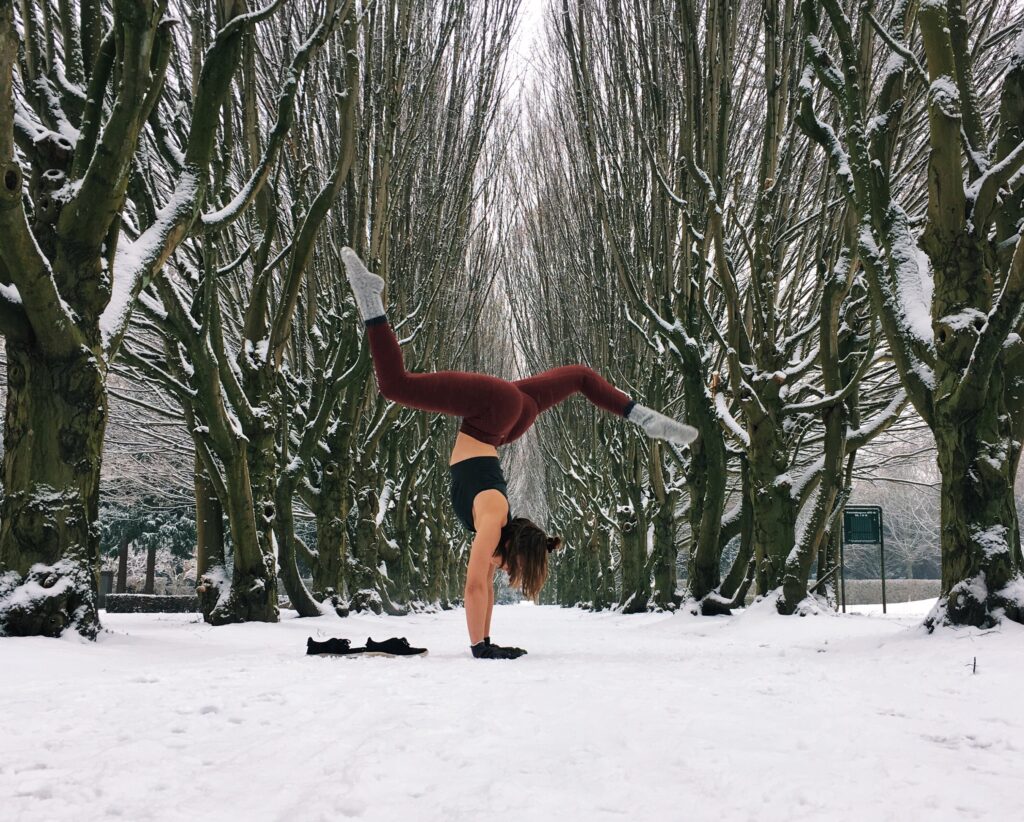
How we can avoid becoming afraid of certain movements
Another thing about alignment, which might impact us in a negative way, in my experience, is the fear that sometimes comes with it. If you’re constantly being told in class that you should avoid bending your knee past 90 degrees, you shouldn’t do this, avoid that, etc. You will naturally start becoming afraid to do that motion.
I’ve experienced classes where the yoga teacher has almost made me think that I’m going to break my leg if I ever bend my knee past my ankle. And that perhaps the sky will even fall down on top of me! (Okay.. I might be slightly exaggerating now!)
Classifying some form of movement as “correct” and some as “wrong” makes us become scared to use our bodies in fear of hurting or injuring ourselves. If anyone ever makes you feel like that remember that all of the directions that our joints can move, are natural and “right” movements.
In my opinion, we should stop blindly following alignment rules every single time we practice and start trusting our intuition instead. If something feel wrong or hurts, back out. If not, then it’s probably completely fine do move that way.
Why we should start prioritizing functionality rather than aesthetics
We’re the only ones who know what something feels like in our own body. Which is exactly why we should learn to focus on how a yoga pose feels rather than what it’s supposed to look like.
The huge alignment focus some teachers have might end up conditioning us to believe that the yoga poses are supposed to look a certain way. This belief often tends to lead to people staying in poses, which are painful to them because they’ve been taught to focus on how the pose should look rather than to start noticing how it actually feels.
Trust what you feel in your own body. Your yoga teacher has no way of knowing how a pose feels to you. Every body is different so if anything feels wrong, trust what you’re sensing and back out of that pose.
To practice alignment or not to practice alignment
The point I’m trying to make is that alignment is a certain movement system. And while it can definitely teach us a lot, I think it’s important to remember that alignment focused yoga lacks some movements and overlooks certain muscle groups.
So if you’re practicing yoga several times a week because you’re looking for a practice, which will help you build a resilient body and prevent injury in the long run, remember that yoga alignment based yoga doesn’t have all the answers (even though it does have many!). The key to a sustainable movement practice in the long run is diversity.
YOUR YOGA PRACTICE = YOUR RULES
Let me repeat: your yoga practice = your rules.
In the end it’s all about finding a way to practice yoga, which suits your needs and wants. If an alignment based yoga practice feels good to you or makes you happy, by all means continue practicing that way. Just remember to keep listening to what feels good in your own body.
Which type of yoga do you enjoy practicing? Do you think alignment is helpful in yoga? I’d love to have a chat. Leave a comment below 🙂

